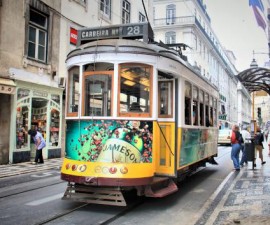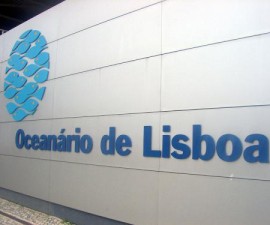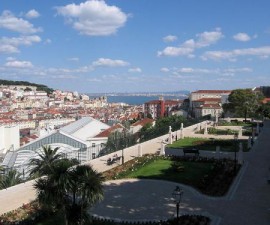The Sao Roque Church was built by the Jesuits in 1574 and commissioned from the Italian architect, Filipp Terzi. It is one of the earliest Jesuit churches in Portugal or indeed anywhere in the world, and was the home of the order in Portugal for over two centuries.
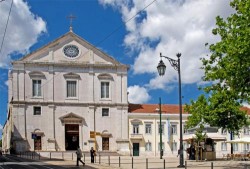
It was later given to the Lisbon charity house to replace their church and headquarters which had been lost in the devastating earthquake of 1755.
The Sao Roque Church is an interesting combination of plain and unassuming façade and hugely ornate interior. It is a must-visit destination for anyone visiting Lisbon, Portugal, who has an interest in ecclesiastical architecture or baroque and Rococo art and design.
The Sao Roque Church is perched at the top of an incline and is accessed via several flights of steps. It was one of the few buildings in Lisbon to survive the great earthquake more or less unscathed, save for a small section of the façade and western part of the nave.
The façade itself is relatively plain and gives no clue of the treasures that are hidden behind its walls. Inside, the church contains a number of chapels, most of which are built in the baroque style of the early 17th century.
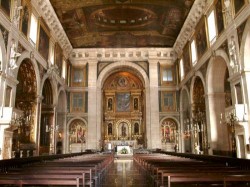
The most notable is the 18th-century Chapel of St John the Baptist (Capela de Sao Joao Baptista), which was designed and built in Italian Rococo style by artists Nicola Salvi and Luisi Vanvitelli. The entire chapel was constructed in Rome, using many precious materials, before being blessed by the Pope, completely disassembled, transported to Portugal, and reconstructed in Sao Roque. It took three ships to transport the carefully crafted materials.
The Chapel of St John the Baptist was commissioned by King Joao V and involved some 130 craftsmen to bring the vision of Salvi and Vanvitelli to life. Glistening with amethyst, lapis lazuli, alabaster, ivory, marble, ceramic, gold, silver and bronze, it was said at the time to be the most expensive chapel in Europe.
The chapel’s images are particularly of note. Designed with the clarity of an oil painting, each one is in fact a carefully detailed mosaic, with the ceiling picturing some extraordinary images of the apocalypse. Other areas of note in the church include the diamond-point tile-decorated walls under the choir gallery and in the transept, the white marble statues of the four Evangelists and the oil paintings depicting the life of Ignatius of Loyola, the founder of the Jesuit order.
Situated right next to the church is an interesting museum – the Museum of Sacred Art. Here you will find 16th-century paintings from Portugal, including one of Catherine of Austria and another of the wedding ceremony of King Manuel I, as well as vestments and a huge collection of baroque silver.
Don’t miss the bronze-and-silver torch holders, which weigh in at around 840 pounds and are some of the most elaborate in Europe.
There is a charming gift shop and café attached to the museum, making it the perfect place to stop for a spot of light refreshment after a busy day of sightseeing.
Sao Roque Church
Largo Trindade Coelho
1200-470 Lisbon
Portugal
Tel: +351 213 235 065 / +351 213 235 444
Fax: +351 213 235 401
Email: info@museu-saoroque.com
www.museu-saoroque.com
